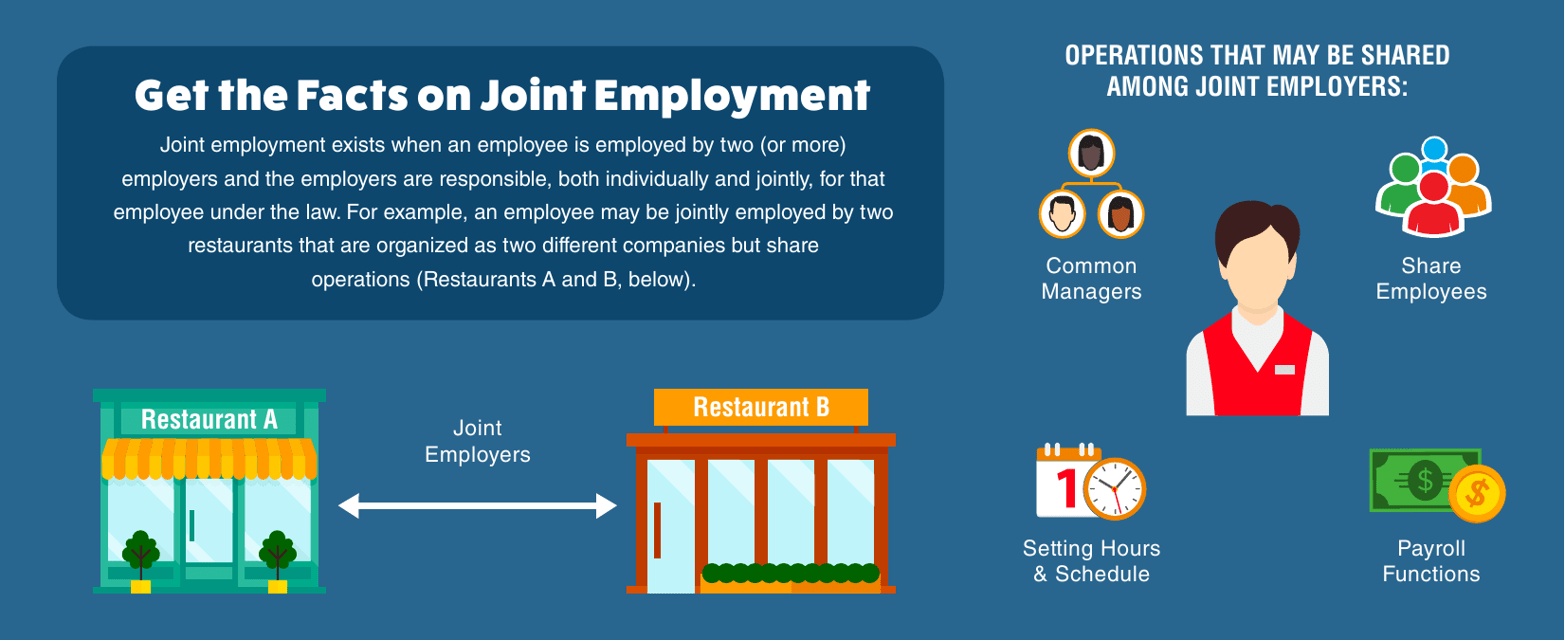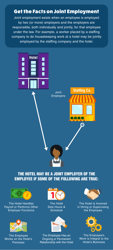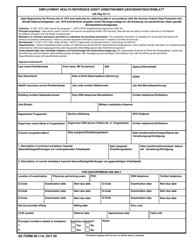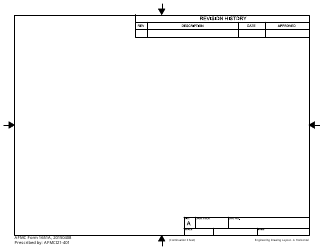Joint Employment Fact Sheet - Horizontal
Joint Employment Fact Sheet - Horizontal is a 1-page legal document that was released by the U.S. Department of Labor - Wage and Hour Division and used nation-wide.
FAQ
Q: What is joint employment?
A: Joint employment occurs when two or more employers share control and supervision over an employee's work.
Q: How does joint employment affect workers?
A: Workers may have multiple employers who share responsibility for their wages, hours, and working conditions.
Q: What are the different types of joint employment?
A: There are two types: Horizontal joint employment and vertical joint employment.
Q: What is horizontal joint employment?
A: Horizontal joint employment exists when two or more employers each separately employ an employee and are sufficiently associated with or related to each other with respect to the employee.
Q: How is horizontal joint employment determined?
A: Horizontal joint employment is determined by evaluating the degree of association or relatedness between the employers.
Q: What factors are considered in determining horizontal joint employment?
A: Factors considered include common ownership, common management, interrelation between operations, centralized control of labor relations, and shared control over terms and conditions of employment.
Q: What is the significance of horizontal joint employment?
A: It means that both employers are jointly responsible for compliance with employment laws and regulations.
Q: What are some examples of horizontal joint employment?
A: Examples include businesses in the same industry that share employees, franchisor-franchisee relationships, and subcontractors on the same construction project.
Q: How can workers' rights be protected in cases of horizontal joint employment?
A: Workers can file complaints with the relevant labor enforcement agency if their rights are violated.
Form Details:
- The latest edition currently provided by the U.S. Department of Labor - Wage and Hour Division;
- Ready to use and print;
- Easy to customize;
- Compatible with most PDF-viewing applications;
- Fill out the form in our online filing application.
Download a printable version of the form by clicking the link below or browse more legal forms and templates provided by the issuing department.




